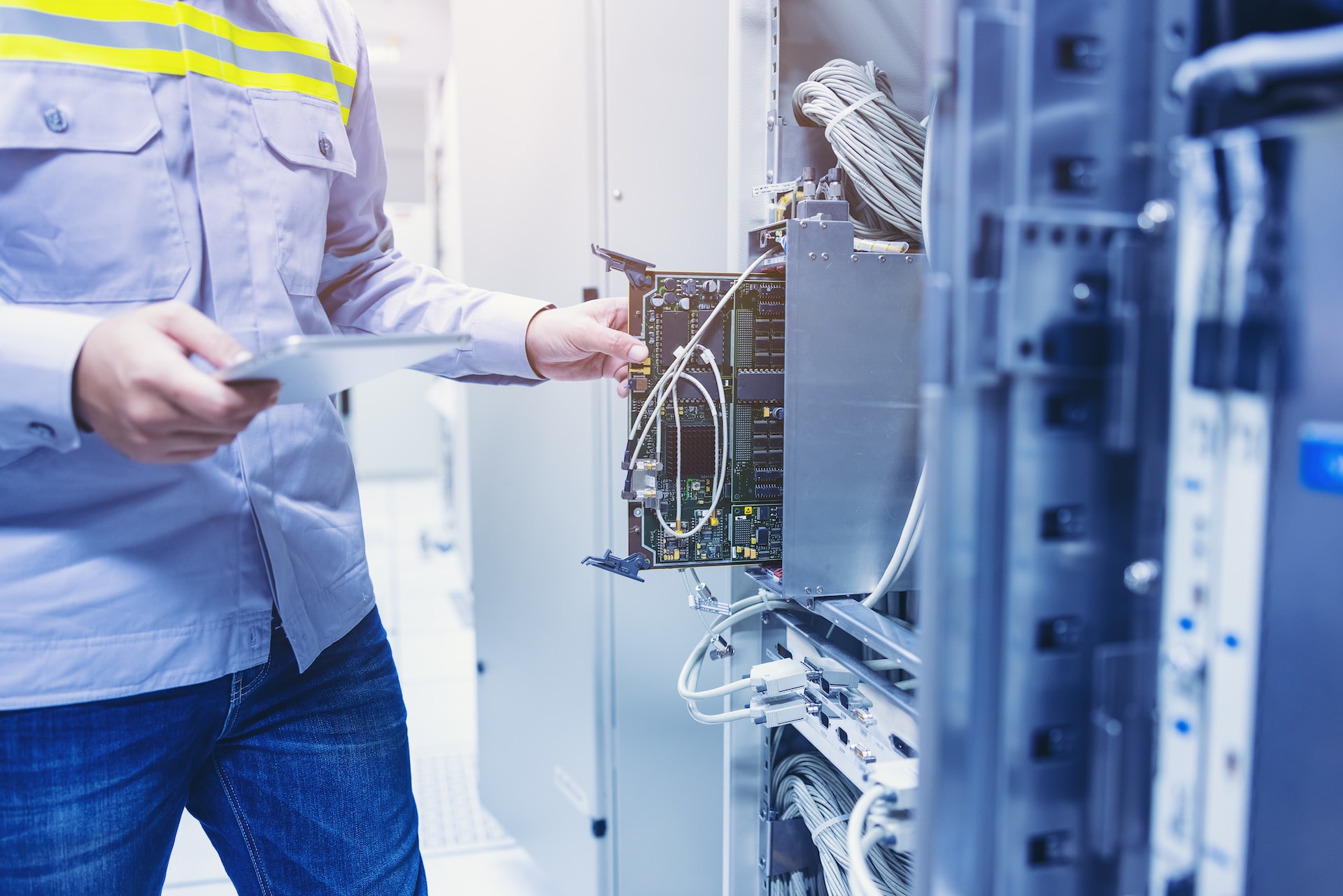The Importance of Data Center Infrastructure Management for Business Success
Data centers contain sensitive information and require specialized monitoring to ensure that their systems remain up and running at total capacity. These monitoring tools are used for various purposes, from capacity planning to power optimization.
System monitoring enables your IT and facilities teams to proactively manage data center infrastructure, addressing issues before they become significant problems that impact critical systems uptime.
Improved Energy Efficiency
The massive computing power required by data centers results in substantial electricity usage. According to the U.S. Department of Energy, data centers consume about 2% of the nation’s total energy.
Improving energy efficiency within data center infrastructure management is vital for cost savings and fostering environmentally friendly practices. By harnessing real-time data and analytics, DCIM tools can help reduce energy consumption by optimizing equipment performance.
A core component of any data center infrastructure is servers — the heart and soul of a facility. Servers are high-powered computers that process, store, and manage data for devices and systems. Think of them as the librarians or bookkeepers of a data center.
Effectively managing these infrastructure components requires strong communication with external stakeholders. This includes establishing relationships with power utility providers, networking bandwidth, drop vendors, and other key players. It also includes establishing procedures for determining appropriate sparing posture, which involves setting aside space and resources to replace failing or worn equipment.
Better Capacity Planning
A business can grow only if it has enough team members and manufacturing equipment to meet demand. Capacity planning can help companies avoid running out of resources to take on new projects, increase revenue, and improve profitability.
When you have a clear picture of your team’s capacity, you can prioritize work that will maximize the use of each person. For example, you may assign more complex tasks to team members already at total capacity and focus on simple tasks for other team members. This helps you avoid under- or overutilization of your most valuable resources and improves on-time delivery of projects.
Data center infrastructure management (DCIM) tools monitor and measure the energy consumption of a data center’s IT equipment and facility infrastructure components, such as power distribution units and computer room air conditioners. This information enables organizations to reduce energy usage, cost, and carbon emissions. These tools also feature real-time monitoring and proactive incident management capabilities.
Enhanced Equipment Performance
Data centers require specialized hardware to process, store, and manage the massive amounts of data used by companies of all sizes. Having highly efficient, redundant systems is crucial to ensure uninterrupted service.
Monitoring and optimizing energy usage is critical to data center infrastructure management. The ability to see equipment utilization in real time enables operators to identify areas where substantial energy is being wasted and take measures to reduce consumption, leading to reduced operational costs and improved sustainability.
For instance, DCIM solutions can automate cooling control and power distribution processes to maximize energy efficiency and performance. They also provide enhanced environmental monitoring, ensuring systems operate optimally to prevent issues and downtime. This translates into higher reliability and greater data availability, critical for business success.
Enhanced Environmental Monitoring
A data center’s environment is crucial to its success. Equipment is protected from failure or even physical damage with the proper conditions. Proper monitoring ensures that these conditions are met.
A good example is airflow, which helps keep temperatures in check and prevents hardware from overheating. Airflow systems can become clogged with dust and other debris, however, which causes them to work less efficiently. With better, more accurate environmental monitoring, this can be prevented, which saves energy and money.
It also allows staff to spot and resolve issues before they become more significant problems. For instance, humidity is another vital factor to monitor in a data center. Equipment could suffer from corrosion or electrical shorts if it becomes too high. More precise monitoring can prevent this and other potential risks like fires.
This all contributes to improved efficiency, capacity planning, and overall sustainability. It also helps equipment last longer. A study found that data centers using dynamic management tools experience fewer operational downtime and compliance violations than those without.







0